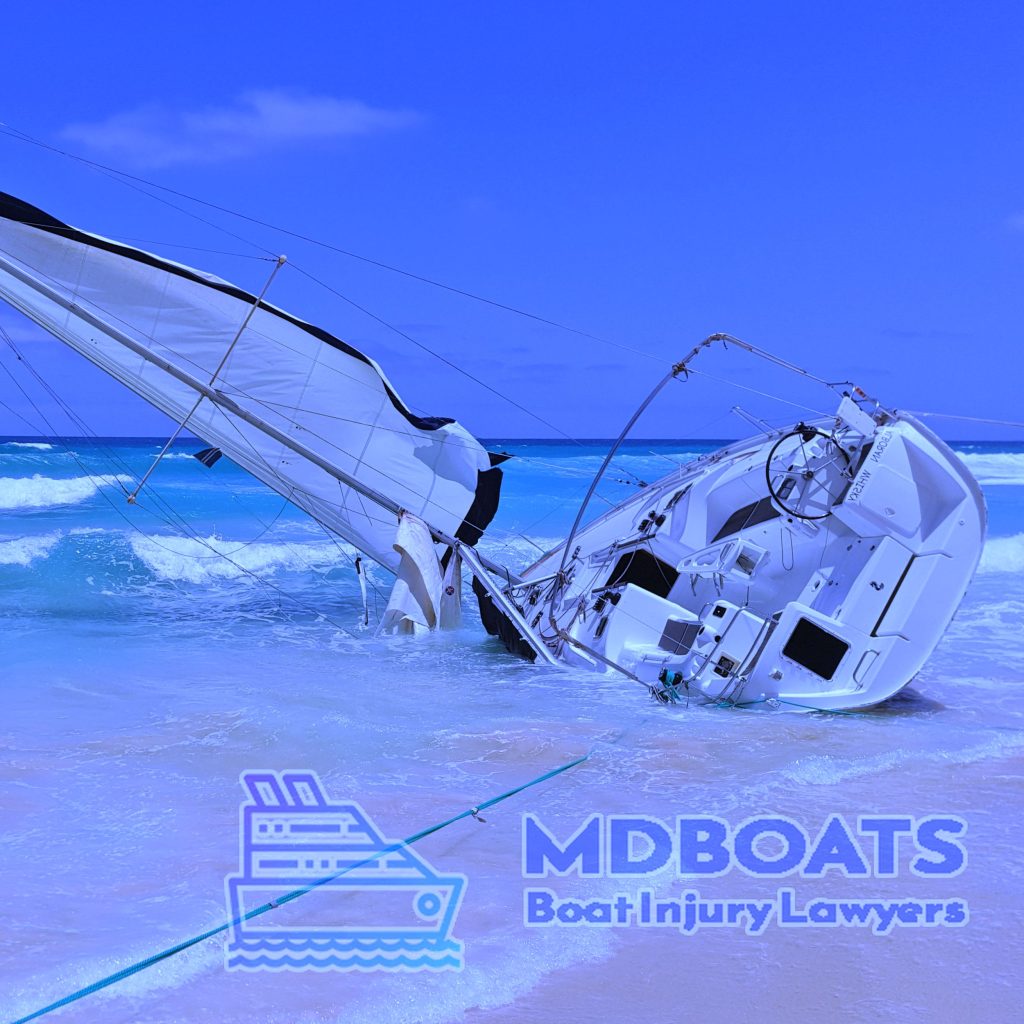How do you respond to a boating accident?

Responding to a boating accident requires calm, swift action and adherence to safety protocols. Whether you're a boat operator or passenger, knowing what to do can make a significant difference in ensuring the safety and well-being of everyone involved. Here’s a step-by-step guide on how to respond to a boating accident:
Immediate Safety Measures
- Assess the Situation: As soon as an accident occurs, quickly evaluate the situation. Check if anyone is injured and assess the condition of the boat. If there is any immediate danger, such as fire or sinking, prioritize evacuating everyone from the boat.
- Wear Life Jackets: Ensure everyone on board is wearing a life jacket. Even if you're a strong swimmer, injuries or shock can impair your ability to swim.
- Stay Calm: Keeping a level head is crucial. Panic can exacerbate the situation and lead to poor decision-making. Take deep breaths and focus on what needs to be done.
Providing Immediate Assistance
- Administer First Aid: If there are injuries, provide first aid as needed. Use the boat’s first aid kit to treat minor injuries. For more serious injuries, try to stabilize the person until professional help arrives.
- Prevent Further Damage: If the boat is taking on water, use bilge pumps or buckets to bail out water. Plug any leaks if possible, and use emergency equipment to stabilize the boat.
Alerting Authorities
- Signal for Help: Use distress signals like flares, a VHF radio, or a whistle to call for help. The Coast Guard and other boaters in the vicinity are often the best immediate sources of assistance.
- Make an Emergency Call: Use a marine VHF radio to broadcast a distress call on channel 16, the international distress frequency. Clearly communicate your situation, location, and the nature of the emergency.
Securing the Scene
- Anchor the Boat: If the boat is still operational and it's safe to do so, anchor it to prevent drifting, which can complicate rescue efforts and increase the risk of further collisions.
- Document the Incident: If safe, take photos or videos of the damage, the position of the boats involved, and any visible injuries. This documentation will be useful for insurance claims and legal investigations.
Legal and Regulatory Actions
- Exchange Information: Exchange names, contact details, and insurance information with other parties involved in the accident. This is crucial for follow-up actions and claims processing.
- File a Report: Depending on the severity of the accident, you may need to file a report with the local maritime authorities or the Coast Guard. In the U.S., accidents resulting in significant property damage, serious injury, or death must be reported.
Go up

Leave a Reply